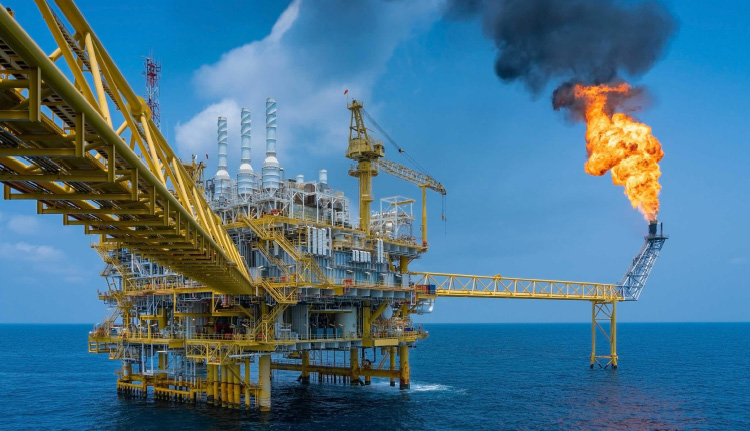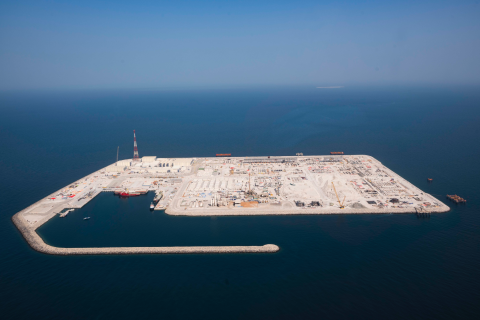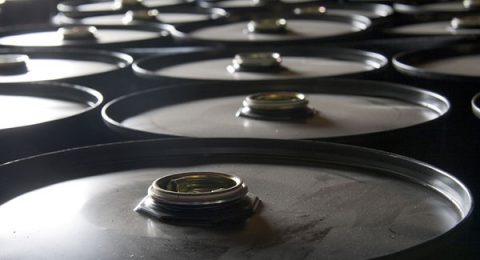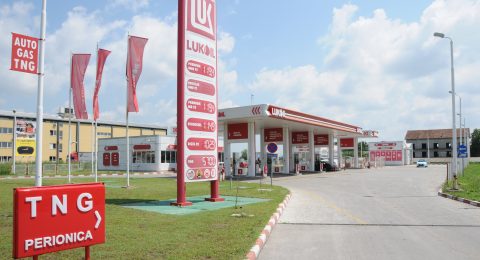Gas flaring is generated by the combustion of gas coming from many industries including oil and gas recovery and petrochemical products. Advanced technology presented several solutions to overcome gas flaring and even use it for productive purposes, especially during the time in which natural gas plays a key role in the transition into clean energy. The World Bank (WB) stated that the amount of gas flared each year is currently estimated at 144 billion cubic meters (bcm) which can provide electricity to the whole of Sub-Saharan Africa.
Identifying Gas Flaring Process
According to the WB, gas flaring in the oil and gas industry involves the burning of natural gas associated with oil extraction. This flare is composed of a boom or stack which collects the unwanted gases to be flared, an article published by GERERON indicated. This boom or stack has an air-assist mechanism at its edge to merge the free air with the generated burned gases to advance the burning efficiency.
According to the article “these gases require oxidation due to low heating value and are combusted using a thermal oxidizer”. By implementing the highest levels of combustion efficiency, each cubic meter of gas flaring results in about 2.8 kilograms of carbon dioxide equivalent emissions per year. Thanks to new technologies, many solutions have emerged to control and reduce gas flaring.
Technological Solutions for Avoiding Flare Gas Emissions
Recently, there are many technology trends followed by oil and gas operators either to avoid flaring natural gas and reduce its dangerous emissions or to detect and control gas flaring. The most popular methods are described in more detail below.
-Flare Gas Reuse and Recovering Method
Flare gas recovery (FGR) is a well-known method for eliminating flare gas emissions. Through this method, the waste gases are reused for other purposes especially within the facilities’ fuel gas system as a refinery feedstock or in re-injection. It can be done by capturing the gas from the flare knock-out vessel and compressing it using liquid ring compressors.
-Small- Scale Gas- to- Liquid (GTL) Technology
This technology facilitates the production of clean-burning diesel fuel, liquid petroleum gas (LPG), and naphtha from natural gas with capacities ranging from a few hundred to a few thousand barrels. This can be done by installing GTL plants at the oil production site. According to an article released by offshore technology, these plants are suitable for remote locations and shale oil production facilities.
-Mini Liquefied Natural Gas (LNG) Technology
According to a report released by WB, this technology refers to installing liquefied natural gas (LNG) with a capacity of about 130 million standard cubic feet per day (mmscf/d) of natural gas. This small-scale LNG plant can use a virtual pipeline to transport gas to provide power for end-users or fuel for cars and trucks. These plants are suitable for oilfields that have a large volume of natural gas being burned and they are in the neighboring areas of LNG bunkering hubs.
-Mini Compressed Natural Gas (CNG) Technology
An article published by GENERON explained that CNG refers to methane stored at high pressure. It stated that methane that emerged from oil wells can be compressed at a certain pressure and stored in cylinders so that can be used as fuel for vehicles that run on natural gas engines. The WB’s report said that CNG can also be used to supply small-scale power plants, industrial consumers as well as households.
-Flare Gas Detection and Control Technologies
Besides investing the natural gas other than being flared, some oil and gas operators resorted to using other technological solutions to detect if there is any flaring and to monitor and control its emissions. For example, offshore technology reported that many countries are using satellites and drones to track flaring as well as methane emissions from oil sites. These satellites have sensors that operate in shortwave and mid-infrared frequency ranges to detect heat signatures. These signatures are analyzed to detect flaring.
Moreover, a study entitled “Technology and Policy Solutions to Reduce Harmful Natural Gas Flaring” mentioned other technological solutions to monitor and reduce gas flaring. These solutions include accurate and direct volume measurement by using flow meters to measure the volume of gas being flared. Also, improved combustion efficiency of flares is another solution that allows for the increasing amount of gas to be successfully burned in order to reduce methane emissions.








